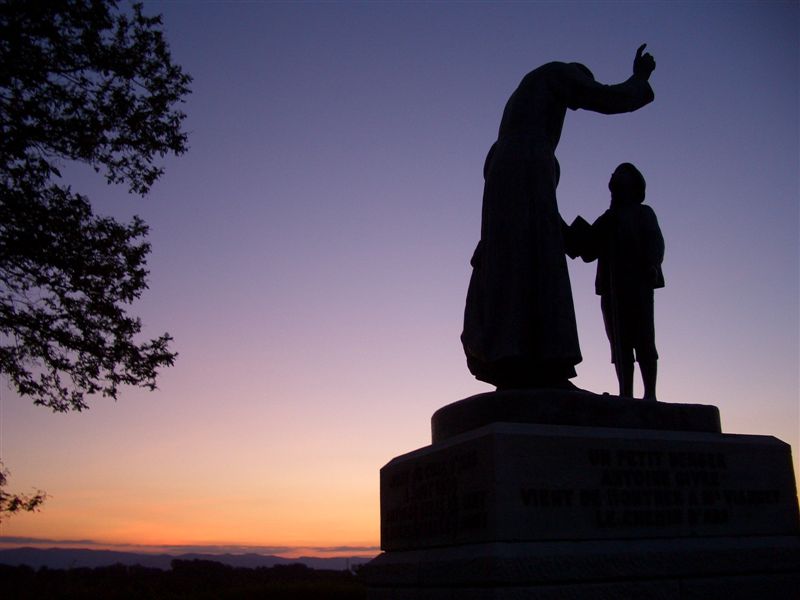
The marriage between the Chinese and the Filipinos was an occasion for unending problems for the church authorities in the Philippines. Since the Chinese had to be baptized as a prerequisite for marriage, they received the sacrament with mixed intentions. To obtain this, a royal decree in 1849 ordered the Chinese who wished to contract marriage in the Philippines to present before the government:
a. his baptismal certificate
b. written consent of the parents or guardians of his future wife
c. an affidavit that his name had been included in the padron or census list of christians for more than two years.
he also had to certify six years' residence in the country, his good conduct all this while, and a testimony from the parish priest that he had been instructed in the Christian doctrine. Once married according to this form, the chinese needed the express consent of his spouse in order to return to his country. it had frequently happened that once there, the husband did not return to the wife left in the Philippines. in view of so much difficulty, many unbaptized chinese preferred to live in open concubinage with filipino women, with no church intervention. for this reason, Fr. Manuel de Rivas in the middle of the 19th century urged the patronato real to obtain from the Holy See a habitual dispensation for disparity of cult for the chinese, who turned out to be good husbands, though remaining pagans, once they married in the eyes of the church.
-HISTORY OF THE CHURCH IN THE PHILIPPINES 1521-1898
p. 155
by Fr. Pablo Fernandez, O.P.











